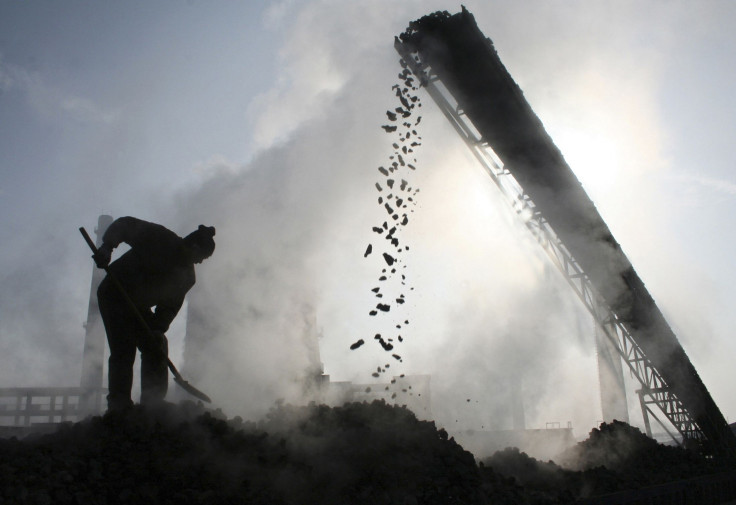Climate Change And Carbon Emmissions: Existing Power Plants Will Churn Out 300 Billion Tons Of Climate Change Emissions Over Their Lifetime, Scientists Say

Global leaders increasingly agree that man-made climate change is a serious threat to the planet. Yet many countries are still boosting investments in fossil fuel-fired power plants, a move that will “commit” the world to massive quantities of heat-trapping greenhouse gases, a new study says.
Power plants are expected to pump out more than 300 billion tons of carbon dioxide over their expected lifetimes, creating a 4 percent jump in emissions each year over the next few decades, according to scientists from Princeton University and University of California at Irvine.
Power plants built in 2012 alone will produce about 19 billion tons of CO2 over their lifetime, typically about 40 years. By contrast, all plants built before 2012 and operating today will produce 14 billion tons during their existence, the study said.
The findings, published this week in the journal Environmental Research Letters, are the first to quantify how quickly this global commitment to climate pollution is growing.
“Bringing down carbon emissions means retiring more fossil fuel-burning facilities than we build,” Steven Davis, an assistant professor of Earth system science at UC Irvine and the study’s lead author, said in a statement. “But worldwide, we’ve built more coal-burning power plants in the past decade than in any previous decade, and closures of old plants aren’t keeping pace with this expansion.”
The bulk of those committed emissions -- 42 percent -- will come from plants now operating in China, reflecting the massive growth of the Asian giant’s power sector over the past two decades, according to the study. Facilities in the United States and Europe account for 11 percent and 9 percent of those emissions, respectively, while India makes up about 8 percent of the total.
Despite hand-wringing over coal’s demise in the United States, the fossil fuel will still dominate the global energy sector. About two-thirds of the 300 billion tons in committed emissions are due to coal-burning stations. Natural gas, which emits less carbon dioxide per unit of energy than coal, accounts for about 27 percent of emissions.
The emissions from existing power plants represent a significant slice of the emissions “budget” that would keep the planet from warming by more than 2 degrees Celsius above preindustrial levels, the current international target, according to the study.
“A high-carbon future is being locked in by the world’s capital investments,” Robert Socolow, a Princeton professor and co-author of the study, said in a statement. “Current conventions for reporting data and presenting scenarios for future action need to give greater prominence to these investments. Such a rebalancing of attention will reveal the relentlessness of coal-based industrialization, long underway and showing no sign of abating.”
© Copyright IBTimes 2024. All rights reserved.



















